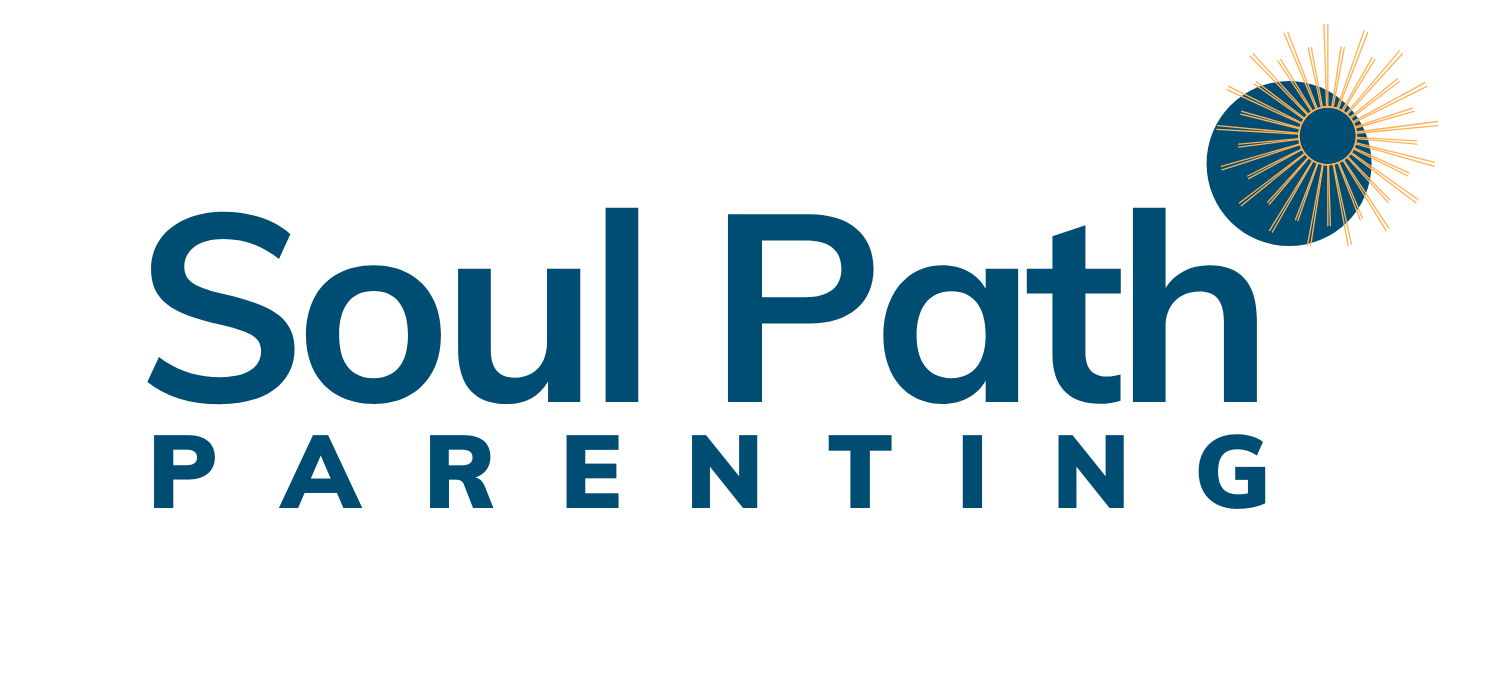How to Let Go of “How-To” & Parent with the Outcome as the Goal
Written By Shannon Harrison
A couple of weeks ago, I found myself in a cafe in charge of a 3-year-old. In the corner of the cafe was a giant, three-foot wooden version of the game Connect Four. If you remember this game, it was a yellow plastic panel where you drop black and red pieces into the panel to try and connect four in a row. The problem with the three-foot version in the cafe, however, was that the stopper was missing at the bottom of the panel so that the game pieces would just slide right through the panel and drop to the ground, making it impossible to connect four on top of each other.
I explained the problem to the 3-year-old. I didn’t offer any solutions on how to solve it; I simply described what the game was supposed to do when it was operating properly. Basically, I explained the outcome I was looking for.
Being an adult of the “edu-centered” school of learning, I looked around the cafe for the “right” piece that would make it work that was already created by someone else. Before I had even turned around, this 3-year-old had found a stack of giant Jenga wooden blocks and had stacked them up in different ways underneath the panel and created a barrier at the bottom such that the pieces were blocked from falling to the ground and the game now worked.
I was stunned.
This is exactly what Dr. William Spady, sometimes referred to as the “father” of outcome based education, talks about in Episode 16 of the Soul Path Parenting podcasts. He contends that the most effective learning “has to have clarity of focus on outcome” and that you have to “design down from where you want to end up.” The question then becomes, “what do you want kids to be able to do as a result? How do you want them to demonstrate that?”
LISTEN TO THE SOUL PATH PARENTING PODCAST
In this case, the effectiveness of this type of learning was so vivid. The outcome was clear and simple – this is what the game is supposed to do; make it work. From there, the child was free to use their creativity to solve the problem and achieve the desired outcome. I can’t imagine all the neural connections that we’re going on in his head as he engineered and calculated the distance of the bottom of the panel to the top of the floor and the dimensions of the blocks he decided might be a good solution.
Elsie Ritzenhien, who also champions a new model of learning through creativity (click here to listen) says that, “All of us are born as creative beings” and that kids being creative are simply “being able to be who they are. Watch them when they are learning…they will solve their own problems.”
LISTEN TO THE SOUL PATH PARENTING PODCAST
What I got from this experience is a glimpse of what Dr. William Spady and Elsie Ritzenhein are pointing to – a glimpse of how fun education could be for both the parent and the child when a simple outcome is presented, the child is let loose to use their creativity, and our job is to simply pay attention. Notice how they learn, notice what types of solutions they come up with, notice what they do when they get hit an obstacle.
As a parent, start paying attention. Look for problems that your child can try to solve with no instruction from you but a clear outcome (problems that if they are not solved correctly do not result in dangerous consequences). For example, if the outcome is chocolate chip cookies, let them solve how to get there with all of the ingredients and the recipe (or even no recipe at all if you really want them to take risks!) and maybe have on hand a second set of ingredients that you can use to create another batch of cookies done the “proper” way. What is the cost of extra ingredients that may go in the trash vs. the cost of not making space for your child’s creativity and risk-taking?
If you are homeschooling due to the Coronavirus, tell them the outcome is to have a designated place in the house with a school setting that works for them and let them build it! If it doesn’t work because there is no sufficient lighting or no flat surface to write on, let them figure that out when they try their first day of “class” and have them go back and find another solution.
Take everything out of a cabinet or refrigerator, tell them the outcome is to have the things you use the most be easy to get to. See what they do.
When the stay-at-home order lifts, consider going to the thrift store and buy a broken game or toy. Tell them the outcome is to make it work and see what they come up with!
Once you start to put on the lens of outcome based learning, more and more opportunities will start to show up. What I imagine the result of this will be is the answer to Dr. William Spady’s question, “what kind of human beings do we want to send out the door?” You will be sending out kids that are creative, risk-taking, confident problem solvers who enjoy learning, kids who are living their best lives. This is what it’s all about.
Related Episode:
Powerful Possibilities in Transforming Education and Empowering Our Kids – William Spady, PhD
Author: Shannon Harrison
Shannon is a therapist, former school teacher, and mom. She is the co-author of the book "Sweet Spot: Leveraging Your Talents in Leadership and Life" Currently, Shannon writes about the areas that align with areas that she is passionate about...letting go of the energetic ties that keep us down, personal evolution, and true self-expression.

